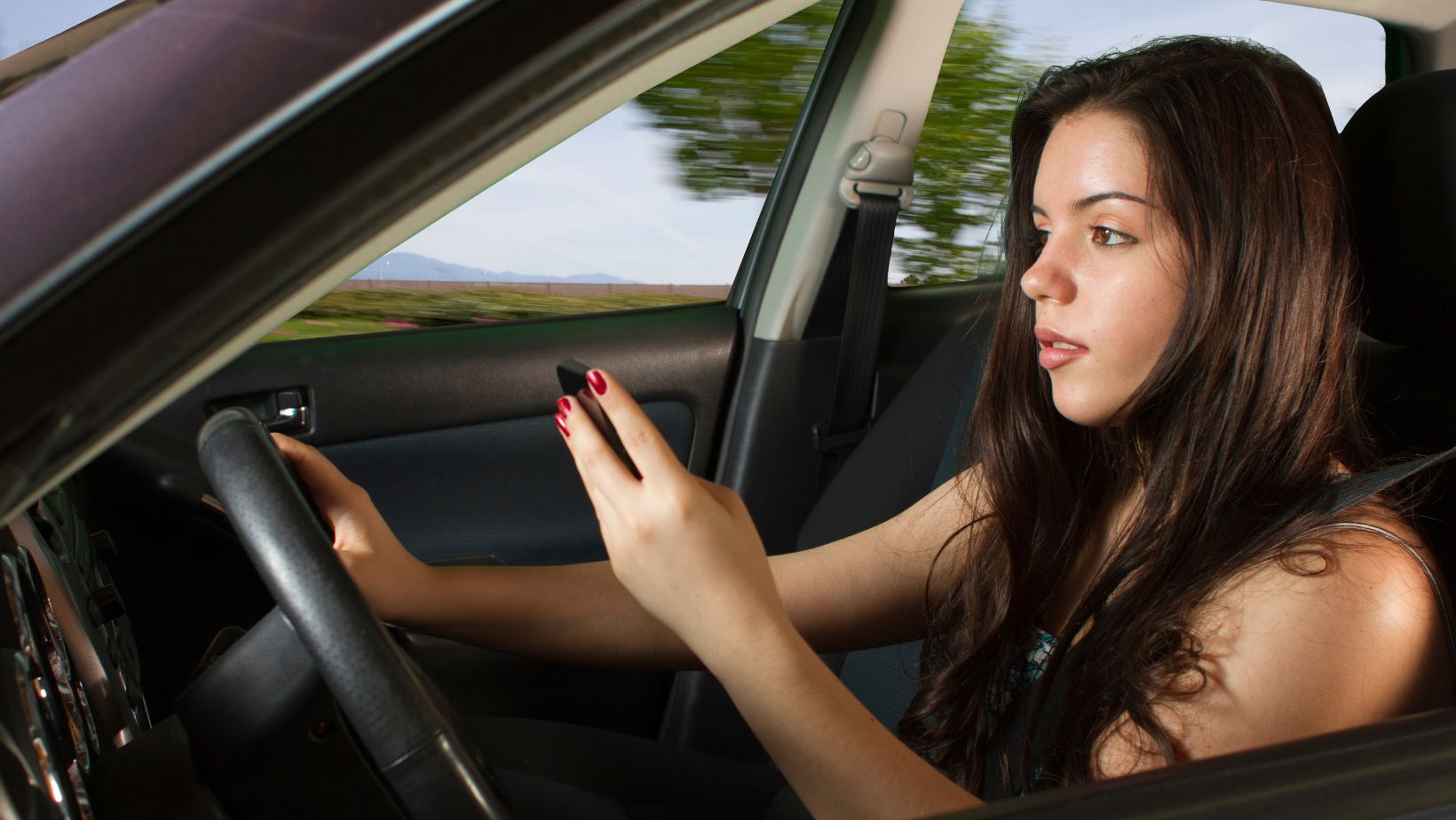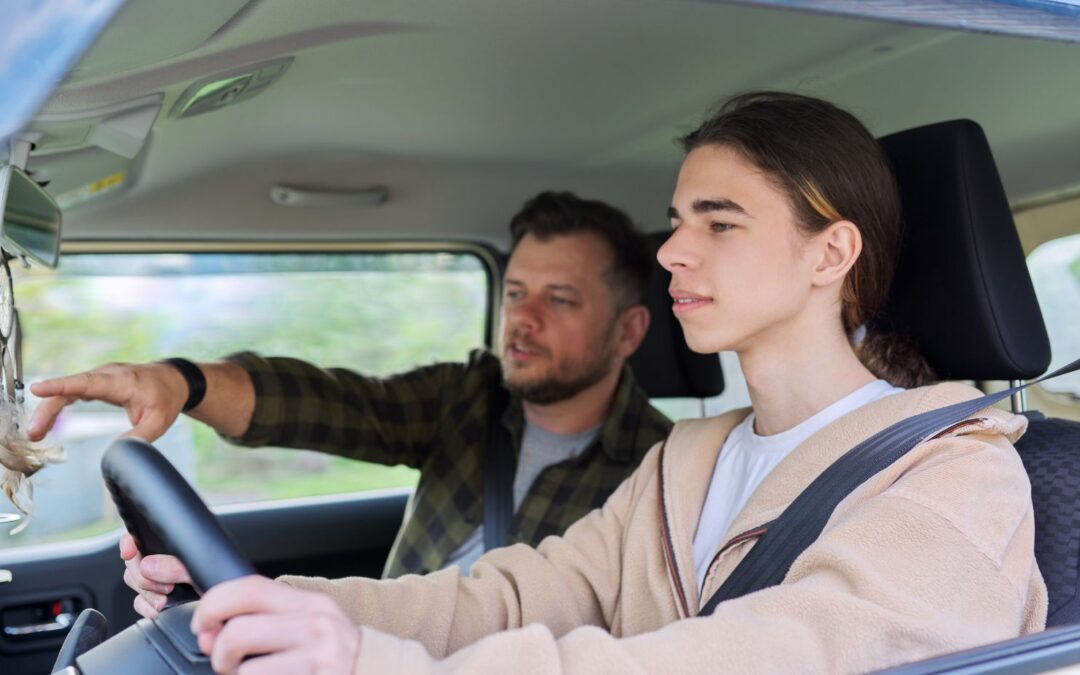Every parent worries about their teens driving. There are serious risks that every driver faces on the road, and these risks are even greater for young drivers. While this is a natural concern, there are things that you can do to help ensure the safety of your teens when they drive.
In this article, we will describe specific measures you can take to make sure your teen driver minimizes risks while on the road. We will discuss the importance of parent involvement in general, as well as concrete things that parents can do to monitor their teens’ early driving experience to minimize the possibility of road risk.
Understanding Teenage Driving Risks
There are indeed many serious risks involved with teenage driving. The statistics are grim, for sure. Every year, there are thousands of crashes involving teen drivers in the US. This is particularly true in the immediate period after teens receive their licenses: the greatest chance of getting into a crash occurs in the first year after receiving a license.
There are things that parents can do to mitigate these risks. Teens who say that their parents establish firm rules and enforce them report half as many accidents as those whose parents are not as involved. Therefore, knowing what to do is essential.
The Role of Parents in Teen Driving Safety
Parents need to take an active role in ensuring their teens follow the rules of safe driving. Parents who don’t devote much attention to their teens’ learning process are inadvertently allowing them to develop poor driving habits. Just as they need to supervise the learning process at other points in their kids’ lives, so too do parents need to do so when their kids learn to drive.
This means establishing clear, specific rules about what teen drivers can and cannot do while driving and being sure to enforce them. If a teen breaks one of the rules of driving – even if it does not result in an accident – it is the job of responsible parents to take appropriate measures to ensure that the problem doesn’t happen again.
How Will Your Teen’s Driving Affect Your Insurance?
It is important to explore car insurance options for young drivers that are appropriate to your needs. Having a teenage driver can affect your insurance costs in different ways. Your premium will likely be higher in general because insurance companies see teenage drivers as a greater risk than adult drivers.
If your teen is unlucky enough to get in an accident, your premiums will go up even more. If your teen is responsible for a DUI-related accident, you will see price hikes, in addition to other legal-related problems.
5 Ways to Enhance Teen Driving Safety
There are several things that you can do to help ensure your teen’s safety when driving. These include:
Establish Clear Expectations and Rules
The first thing that you should do is establish clear expectations and rules with your teen. Be sure that you have an established agreement about what is and is not acceptable regarding their driving habits, and make sure that you enforce the rules if your teen breaks them.
Lead by Example
It might sound trite, but it is true: Your kids will emulate your behavior. So if you practice irresponsible driving habits yourself, your teens will be likely to do the same. This applies not only to drinking and driving but also to all manner of other irresponsible habits: texting while driving, using a phone in states where it is illegal, disobeying the rules of the road, etc. Even being temperamental towards other drivers will make you appear reckless. And be sure to wear your seatbelt!
So be conscientious about your driving habits and drive the way you would want your kids to. They will be much more likely to drive responsibly themselves.
Choose the Right Vehicle and Safety Features
It is also important to have the right kind of vehicle. Wearing seatbelts is obviously an essential part of being safe, but this is not the only safety feature you should look for. Other features to keep in mind include:

● Driver- and passenger-side airbags.
● Blind-spot detection. People rushing to change lanes and not noticing someone in their blind spot is a common problem. Certain cars come equipped to alert drivers when someone is in their blind spot.
● Anti-lock brakes. These can be useful to prevent the brakes from locking if you have to stop suddenly. They are becoming more standardized with newer models of cars.
● Tire pressure monitoring systems (TPMS). These systems will alert you when your tire pressure is getting low.
Provide Comprehensive Driver Education
It is critical that teens receive comprehensive driver education when learning to drive. Every state offers driver education programs, and you should check with the ones in your community to ensure that they meet the proper standards.
Among the things that you should look for is a graduated driver licensing (GDL) system, which is a three-stage system for providing licenses. The purposes of GDLs are threefold:
● To give new drivers additional opportunities to practice under supervision. During the period between getting a permit and getting a license, teens can refine their driving skills with a licensed driver.
● To help avoid crash risk. GDLs provide teens with the opportunity to practice driving in lower-risk conditions so that they can get used to driving in general before facing more complicated situations.
● To motivate teens to drive safely by rewarding safe behavior and discouraging reckless driving.
GDLs are broken into phases so that teens can gradually get used to driving under different conditions and at different levels of risk. The phases of GDLs are as follows:
● Learning phase: This phase is intended to provide experience to teen drivers under adult supervision.
● Probationary phase: This phase allows new drivers to drive alone, but still includes some restrictions so that particularly risky conditions are minimized.
● Full Licensure: In this final phase, teens are allowed to drive alone without restrictions.

GDL programs have a proven statistical record of helping to reduce the number of accidents that teens get into. Parents should not rely on these programs alone, though; it is also essential that they take an active role in their teens’ learning process.
Encourage Responsible Decision Making
Understanding the importance of responsible driving extends far beyond just operating a vehicle. It encompasses a broader sense of responsibility and accountability that is integral to becoming a mature and conscientious adult. By teaching your teen to prioritize safe driving practices, you’re instilling in them a mindset that values not only their own well-being but also the safety and welfare of others on the road.
When teens learn to follow the rules of safe driving, they are also learning essential life skills that carry over into various aspects of their lives. They develop qualities such as patience, self-discipline, and respect for authority, which are valuable attributes in any situation. Additionally, they gain an understanding of the importance of planning ahead, assessing risks, and making informed financial decisions – skills that are applicable to numerous scenarios beyond driving.
Final Thoughts
Getting a driver’s license is a serious step to take in life. Every parent worries about their teens during the early years of driving, and rightfully so. You can help minimize the risks that your teen faces on the road by establishing clear rules and being sure that they are followed. If you do, your teen is much more likely to have a safe and happy and safe driving experience.
An Occupational therapist, freelance content writer and more importantly a stay-at-home mom, Sara, like all other parents juggles her many roles. Her passion for writing combined with her professional expertise as an Occupational therapist (working with children with special needs) has helped her craft content specific to child health, wellness and learning skills. At present, Sara alternates her time between raising her two young children, and writing about what she knows best- children!





